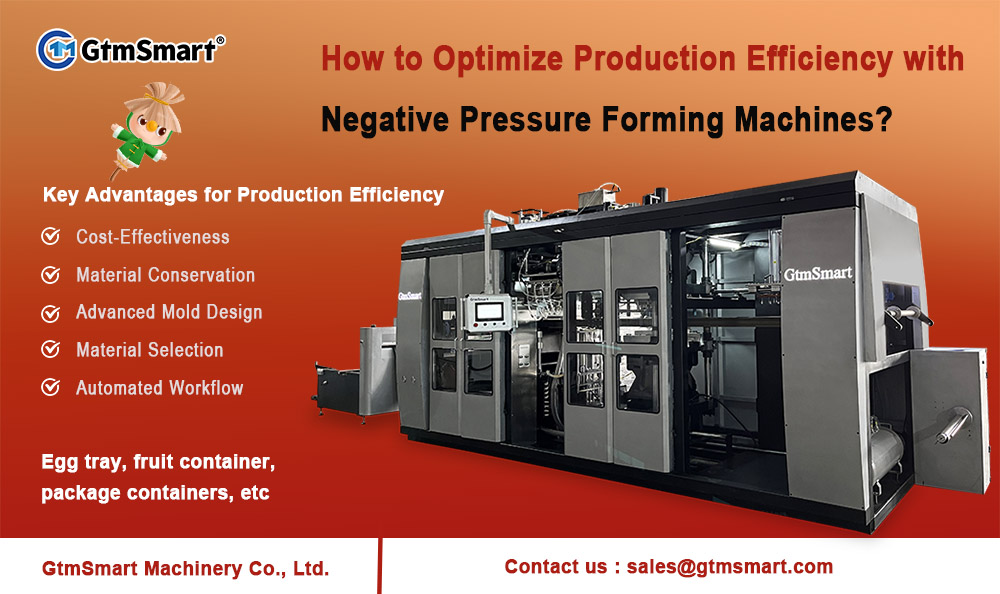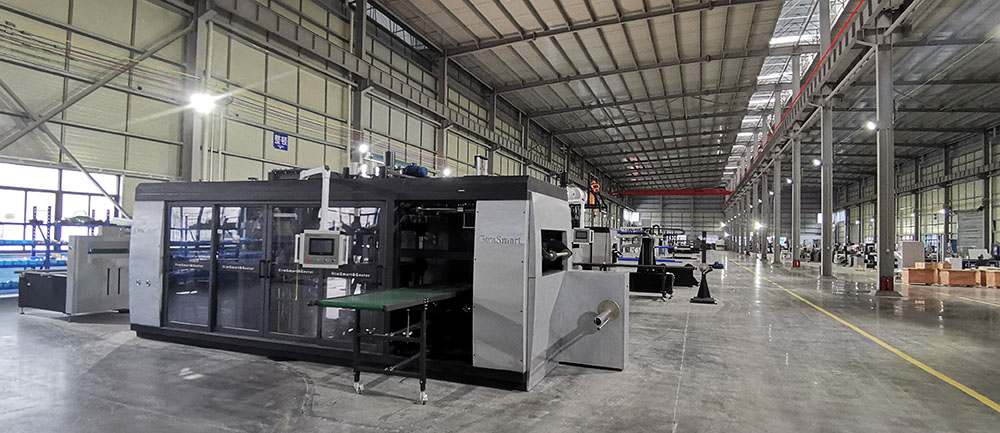How to Optimize Production Efficiency with Negative Pressure Forming Machines
Introduction
In today’s fast-paced manufacturing landscape, optimizing production efficiency is paramount for businesses seeking to stay competitive. One technology that has garnered significant attention in this pursuit is the Negative Pressure Forming Machine. With its unique capabilities, this machine offers a multitude of benefits for enhancing production efficiency across various industries. In this article, we will delve into the mechanics of Air Pressure Thermoforming Machines and explore strategies to maximize their potential in streamlining operations.
Understanding Negative Pressure Forming
Negative Pressure Forming Machines, are versatile tools utilized to shape and mold a wide range of materials, most commonly plastic. The process involves using vacuum pressure to draw heated thermoplastic sheets into molds, creating intricate shapes and structures with precision. This method stands out due to its adaptability, cost-effectiveness, and speed, making it an ideal choice for both prototyping and large-scale production.
Key Advantages for Production Efficiency
1. Cost-Effectiveness and Material Conservation
Negative Pressure Forming can significantly reduce material wastage compared to subtractive manufacturing techniques. The precise nature of the process minimizes excess material, contributing to cost savings and environmentally friendly practices. Additionally, the relatively low tooling costs associated with this method make it an attractive option for small to medium-scale production runs.
2. Advanced Mold Design
Investing in well-designed molds is a pivotal strategy for optimizing production efficiency with Negative Pressure Forming Machines. Molds tailored to the specific geometry of the product minimize material distribution issues and ensure uniformity in the final output. Employing computer-aided design (CAD) software and additive manufacturing techniques can help create intricate molds that enhance the overall process.
3. Material Selection
Selecting the appropriate thermoplastic material is crucial for achieving optimal results. Factors such as material flexibility, heat resistance, and ease of molding play a vital role in determining the efficiency of the process. Collaborating with material experts and conducting thorough testing can aid in identifying the most suitable materials for your production needs.
4. Automated Workflow Implementation
Integrating automation into the workflow can further elevate production efficiency. Automation reduces the risk of human errors, increases consistency, and enables continuous operation, thereby maximizing Pressure And Vacuume Thermoforming Machine utilization. From loading raw materials to removing finished products, automation streamlines the entire process, reducing downtime and enhancing output.
Conclusion
Negative Pressure Forming Machines offer a compelling avenue for enhancing production efficiency across diverse industries. With their ability to provide swift turnaround times, cost-effective practices, and customizable options, these machines are poised to revolutionize manufacturing processes. By embracing advanced mold design, meticulous material selection, and automated workflows, businesses can harness the full potential of Negative Pressure Forming Machines and gain a competitive edge in the dynamic world of modern manufacturing.
Post time: Aug-18-2023


